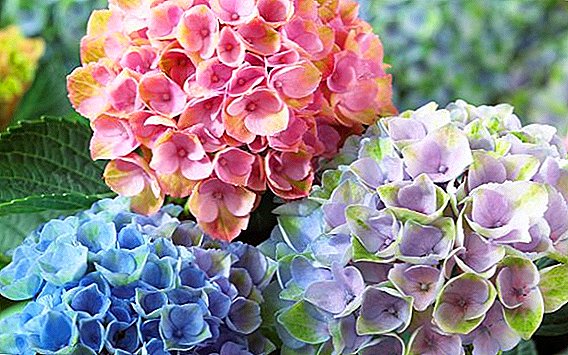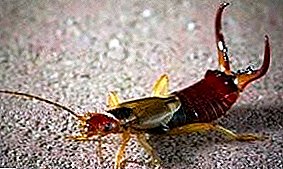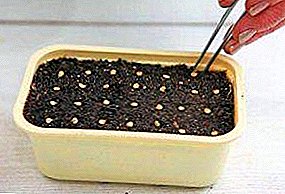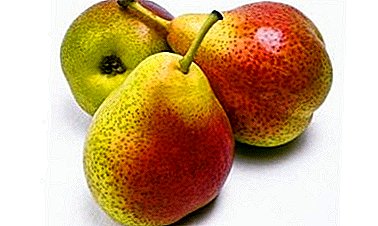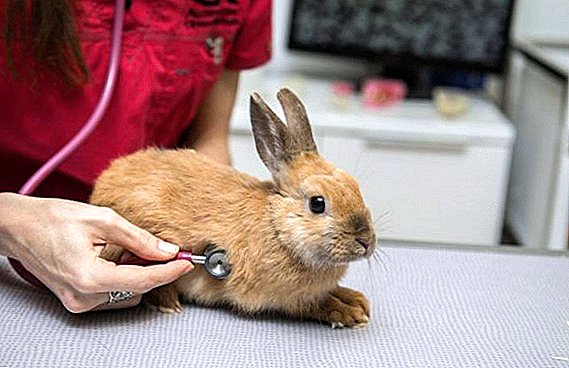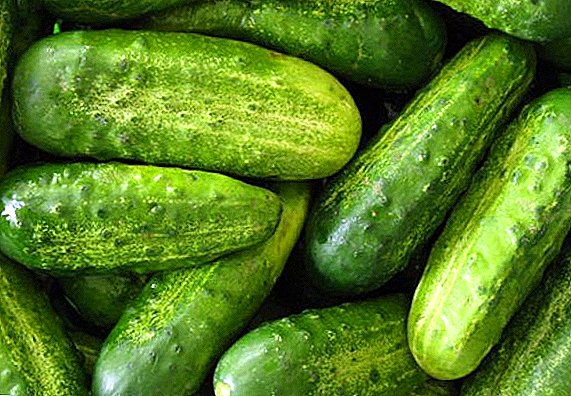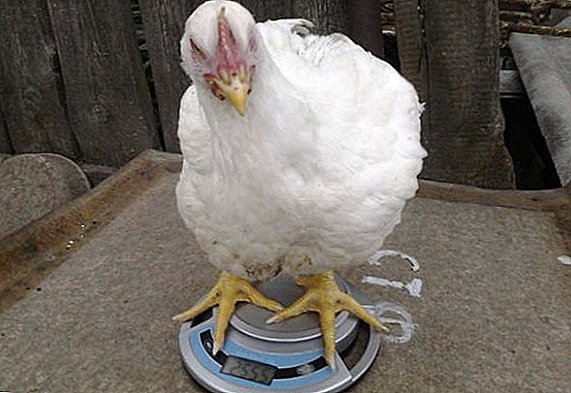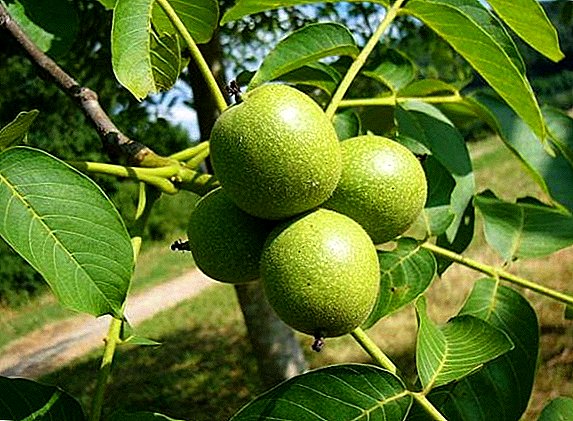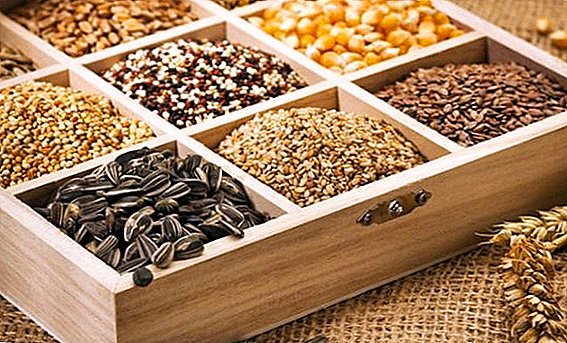 Having exhausted all stocks of fruits and vegetables over the winter, we want to get vitamins as early as possible. And besides chemical vitamin complexes, there is another way - to get vegetables early. And for this you need to use podzimnuyu landing.
Having exhausted all stocks of fruits and vegetables over the winter, we want to get vitamins as early as possible. And besides chemical vitamin complexes, there is another way - to get vegetables early. And for this you need to use podzimnuyu landing.
Advantages of the method
The first advantage of planting in the winter of vegetables and flowers is considered an earlier harvest.
Did you know? This acceleration is 10-12 days. And you can bring up to 20.Next plus - this is the hardening of plants. You can not choose which of the remaining seeds to plant before winter, and sow all. Sown seeds will undergo a natural stratification, harden. Weak seeds will die, you will get strong and viable sprouts.
 Third - abundance of moisture in the spring. Seeds sown for the winter will go to growth, using thawed snow, you will not need to think about moisture after sowing.
Third - abundance of moisture in the spring. Seeds sown for the winter will go to growth, using thawed snow, you will not need to think about moisture after sowing.Fourth - The plants will gain strength and yield a crop before the main insect pests appear.
When to start?
Correctly chosen time of sowing is the most important guarantee of obtaining a quality crop. Therefore, special care should be taken.
Sowed seeds should turn, but should not germinate. It is of great importance when wintering. Therefore, you need to guess so as to have time to severe frosts, but not in a hurry.  Best of all - when the average temperature 0 ° C per day. Or when the first frost seizes the ground by 2-3 cm.
Best of all - when the average temperature 0 ° C per day. Or when the first frost seizes the ground by 2-3 cm.
You can recommend seeding in the second or third decade of October. If the weather allows, then the crop can be transferred to November.
Important! Seeds for podzimnogo planting should be dry. It is impossible to germinate and soak them!
How to prepare the soil?
Now let's talk about how to prepare the beds for sowing seeds for the winter.
The place for beds should be dry, located on a hill (or have good drainage), well lit by the sun.  When digging under the winter and the formation of beds, add to the soil a mixture of baking powder (sand or sawdust) with ready-made compost. This will give the earth lightness and friability.
When digging under the winter and the formation of beds, add to the soil a mixture of baking powder (sand or sawdust) with ready-made compost. This will give the earth lightness and friability.
Next, make the necessary fertilizers. There is no unequivocal opinion on what kind of additional feeding is needed. Therefore, the choice of mineral (and what mineral) or organic is yours.
But you can make such recommendations:
- Humus must be rotten. Fresh may cause seed rot.
- When feeding during sowing, use phosphate-potassium fertilizers.
 Make holes or grooves to a depth of 3-5 cm. Consumption of the seed can be slightly increased. After sowing, powder them with dry soil and then with mulch (2-4 cm).
Make holes or grooves to a depth of 3-5 cm. Consumption of the seed can be slightly increased. After sowing, powder them with dry soil and then with mulch (2-4 cm).Important! Watering with this seeding is strictly prohibited!Whether or not to shelter a bed for the winter is also up to you. If there are heavy snowfalls in your region, then you can do without shelter. If the earth suffers from severe frosts, but without snow - then the branches and spruce branches over the seed beds do not interfere.
Popular crops for growing
Now let's talk about what vegetables and flowers to plant in the winter. Seeds for underwintering should be of high quality and large. Weak seeds simply will not grow. 
Gardening
- Garlic. Can be sown and teeth, and heads. Depth of seeding - zubkov 5-7 cm, heads 2-3 cm. Aisle 20-25 cm.
- Bow. Put it deeper than in the spring (3-5 cm). He will endure the winter well, but the shooter will not give.
- Carrot. They are sown to a depth of 3-4 cm. From above, fill in mulches or humus by 2-3 cm. It responds well to fertilizers. Therefore, the soil can be mixed with compost or use superphosphate.
- Beet. It can be planted even later than other crops due to its good and early germination. Sown at a depth of 3-4 cm, aisle 25 cm.
- Greenery (spinach, parsley, sorrel, dill, cilantro) - have good winter resistance. Sow at a depth of 2-3 cm. Well respond to fertilizers, both mineral and organic. For best results in the spring can be covered with a film.
Did you know? To obtain early and persistent seedlings, it is possible to sow seeds of tomatoes and cabbage.
Flowers
Flowers - this is what can be planted in the winter with vegetables. Natural stratification benefits many colors.
Annual plantsthat do not tolerate the transplant, you can sow directly into the flower beds: alissum, cornflower, cloves, calendula.
Perennial flowers: poppy, lavender, delphinium, lupine, primrose, rudbeckia.
Sub-winter seeding is a good way to get an early harvest.protect plants from parasites. If you are afraid to risk good varietal seeds, then risk sowing expired seeds. Over the winter they will show themselves. If there are no shoots in spring, you can use the second chance and plant new ones.


